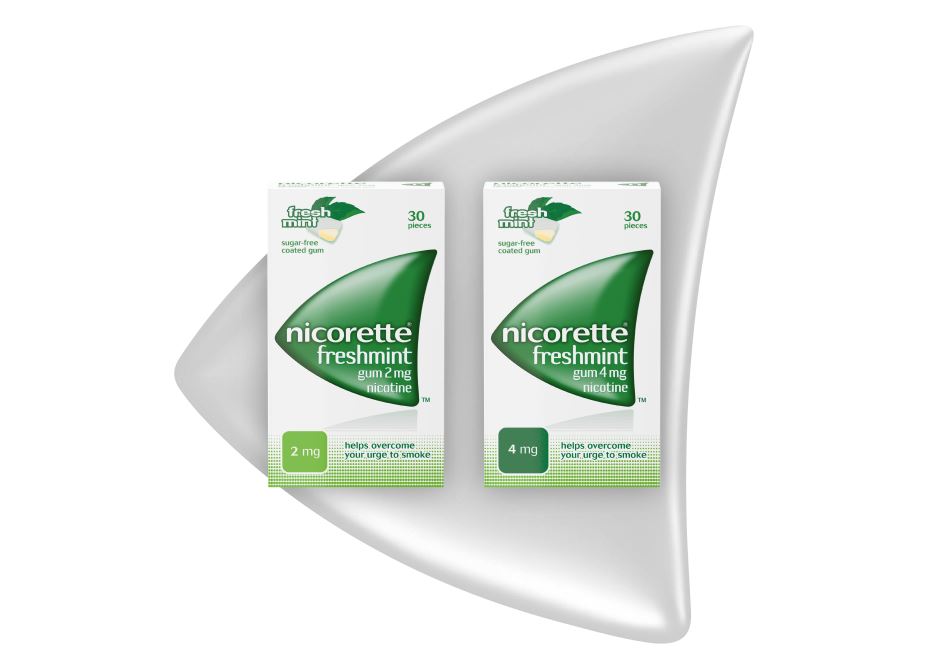There is no doubt, as evidence continuously validates, that cigarettes and smoking are harmful not only to smokers but to those around them, as well. Various studies have been conducted to investigate the effects of smoking on different parts of one’s well-being, such as oral health238, infertility239, and cardiovascular health240, to name just a very few.
The adverse effects of smoking on health are instigated by the chemicals found in cigarettes. Said differently, cigarettes are made of chemicals that negatively impact the smoker. Those chemicals are also present in the smoke released by the cigarette; this smoke, in turn, affects second-hand smokers, too.
To understand this further, we look into what cigarettes are made of.
What are cigarettes made of?
Dried tobacco leaves are used to make cigarettes. Other compounds are frequently added to enhance flavor and make smoking more enjoyable. The smoke produced by these items is a complex mix of chemicals created by the combustion of tobacco and its additives. Tobacco smoke contains thousands of compounds241, including at least 70 cancer-causing agents. The chemicals that cause cancer are known as carcinogens242.
Carcinogenic Chemicals in Cigarettes:
Nicotine
Hydrogen cyanide
Formaldehyde
Lead
Arsenic
Ammonia
Radioactive elements, such as polonium-210
Benzene
Carbon monoxide
Tobacco-specific nitrosamines (TSNAs)
Polycyclic aromatic hydrocarbons (PAHs)
While all chemicals are harmful and nearly 70 of them, if not more, are cancerous, we narrow down our explanation to a list of three harmful chemicals in cigarette smoke.
What are the three harmful chemicals in cigarette smoke?
Tar, nicotine, and carbon monoxide are the most abundant chemicals in cigarette smoke:
Tar:
Tar is produced when tobacco is burned. The majority of the cancer-causing and other hazardous substances present in tobacco smoke are found in tar. When tobacco smoke is inhaled, the tar can attach to the inside of the lungs, forming a sticky film. Lung cancer, emphysema, and other lung diseases may result as a result of this. Depending on how cigarettes and other smoked tobacco products are processed, differing levels of tar are produced243. Decreased-tar smokers have a clearly demonstrated lower risk of major smoking-related illnesses than higher-tar smokers244.
Nicotine:
Nicotine is not a cancer-causing substance. It is, however, quite addictive. Smokers have a difficult time quitting since they are addicted to nicotine245. Nicotine is a substance with a very short half-life. Within 15 seconds of inhalation, it reaches the brain. Sufficient exposure can cause vomiting, convulsions, CNS (central nervous system) depression, and growth retardation. It can potentially jeopardize proper development246.
Carbon Monoxide:
Carbon monoxide is a lethal gas. It has no odor or flavor. Carbon monoxide makes it difficult for the body to distinguish it from oxygen; therefore, it is absorbed into the bloodstream. Carbon monoxide causes weariness, weakness, and dizziness by impairing muscle and cardiac function. It is especially harmful to unborn babies, newborns, and those who have heart or lung illnesses247.
In conclusion, if you’ve ever questioned exactly what you’re breathing in when you inhale cigarette smoke, this article is a definite eye-opener. It is never too late to break the habit of smoking. While you think this commitment is daunting, smoking cessation programs and nicotine replacement therapy can give you the willpower to quickly start and continue through your smoke-free journey.
Also, read to know more on 8 health complications caused by smoking, here.
Our aim at Nicorette is to help you quit smoking for good. Find more blogs from our medical professionals and understand why you should embrace your smoke-free journey with us.
References:
238 Komar, K., Glavina, A., Boras, V. V., Verzak, Ž., & Brailo, V. (2018). Impact of smoking on oral health: knowledge and attitudes of Croatian dentists and dental students. Acta Stomatologica Croatica, 52(2), 148.
239 Penzias, A., Bendikson, K., Butts, S., Coutifaris, C., Falcone, T., Gitlin, S., ... & Vernon, M. (2018). Smoking and infertility: a committee opinion. Fertility and sterility, 110(4), 611-618.
240 Kondo, T., Nakano, Y., Adachi, S., & Murohara, T. (2019). Effects of tobacco smoking on cardiovascular disease. Circulation Journal, 83(10), 1980-1985.
243 https://www.cancer.gov/publications/dictionaries/cancer-terms/def/tobacco-tar
244 Lee, P. N. (2018). Tar level of cigarettes smoked and risk of smoking-related diseases. Inhalation toxicology, 30(1), 5-18.
245 Prochaska, J. J., & Benowitz, N. L. (2019). Current advances in research in treatment and recovery: Nicotine addiction. Science advances, 5(10), eaay9763.
246 Ren, M., Lotfipour, S., & Leslie, F. (2022). Unique effects of nicotine across the lifespan. Pharmacology Biochemistry and Behavior, 173343.
247 Kinoshita, H., Türkan, H., Vucinic, S., Naqvi, S., Bedair, R., Rezaee, R., & Tsatsakis, A. (2020). Carbon monoxide poisoning. Toxicology reports, 7, 169-173.
Conquer Your Cravings. Stay on Track.
Get our app and get support whenever you need it, wherever you are.

Find the Right Product(s) for You
Answer a few short questions to find the right product(s) for you.